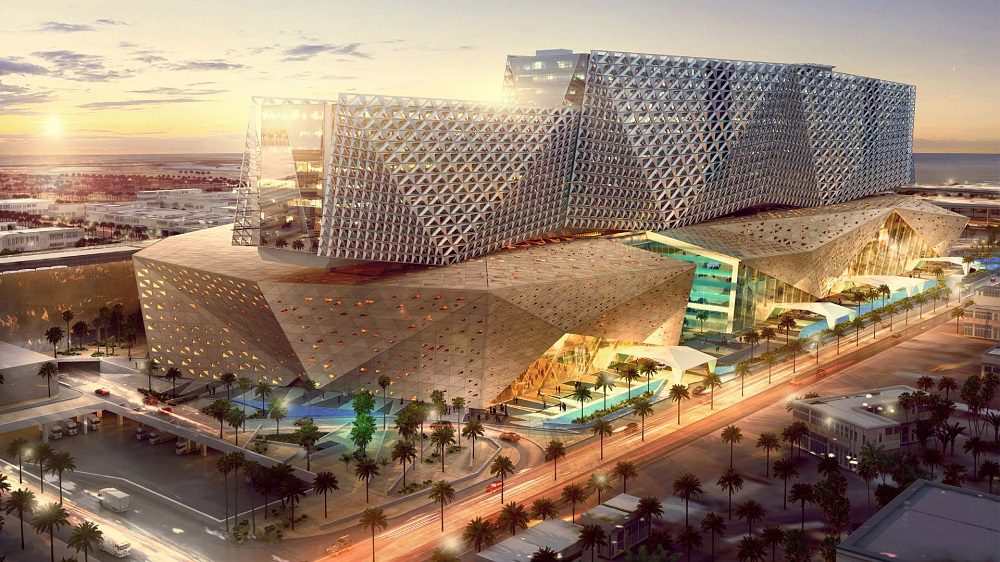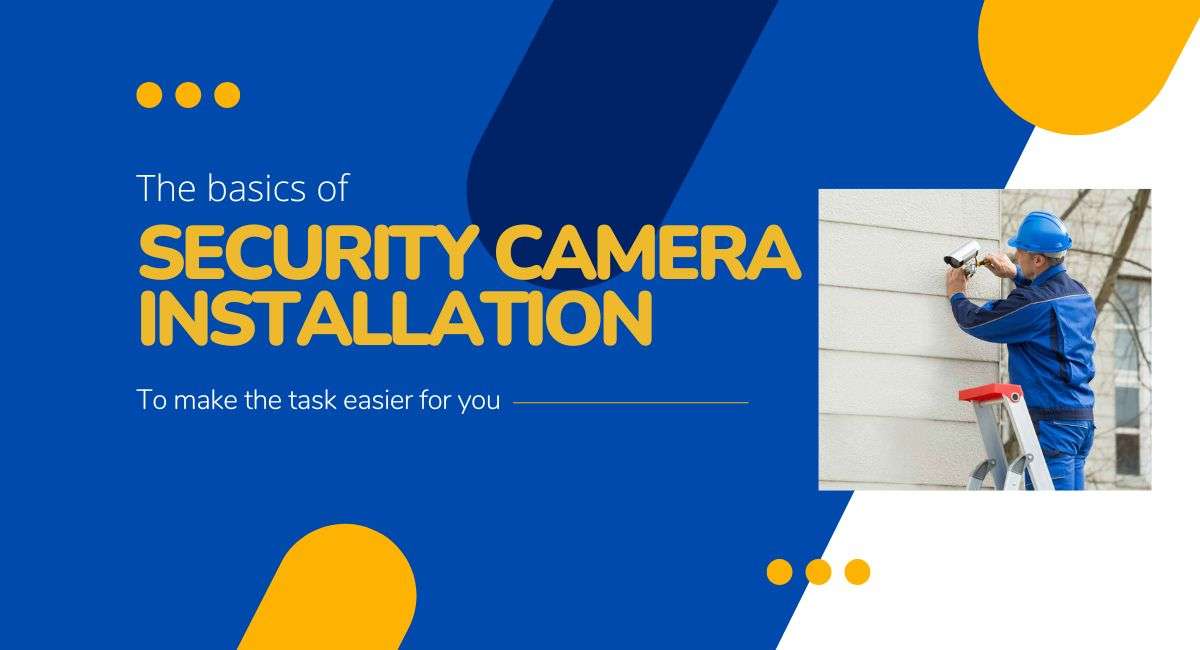Think about the last time you ran a digital marketing campaign. Did you succeed in getting people to come to your shop? Were they able to find you easily?
According to the latest FedEx consumer survey, 8 out of 10 people enter a shop for the first time because the shop sign caught their attention. This shows the importance of wayfinding in strengthening your brand, marketing and customer satisfaction.
In this article, you will read everything you need to know about the types of wayfinding signs and how to use them.
What Are the Types of Wayfinding Signage?
As a business owner, here’s what you need to know about the deployment of each of the main types of wayfinding signage.
Identification
This type of signage tells a person that they have arrived at their destination. Identification also serves as a general orientation landmark. This makes it the most common type of wayfinding signage.
For example, how can you use identification signs around a school or office?
- Put up signs that identify toilets, conference rooms, break rooms, and other common destinations around your establishment.
- Identify exits and entrances, and notify users when they enter new areas or buildings within a facility.
- Include the words “You are here” on the entrance maps, where users can meet and use your wayfinding system for the first time.
Also, you must make sure that the identification signs are clear and direct. A good start would be to design each one in a way that people understand what it says within seconds.
Directional
Directional signage is intended to help people get to where they are going. It is a kind of guide that directs them from any place to their destination, one step at a time.
People who are unfamiliar with their environment benefit most from a variety of directional signage. It can be as simple as a sign every 50 metres indicating the next shop or grocery shop. It can also be as complete as colourful lines on the ground, leading people directly to their destination.
Here’s how to use directional signs in your establishment :
- Install signs in lift lobbies to tell users where they are on a given floor.
- Place signs at entrances to help visitors find reception desks, loading docks and other highly visited areas.
- Install signs at intersections where users may need directions.
Continuity is the key to directional signage. A person should not get lost somewhere between two points when using directional signage. So, rely on a wayfinding design firm to provide you with well-thought-out and high-standard directional signals.
Regulatory
Regulatory signage is a form of proactive guidance and information. In addition to focusing on safety and liability issues, it sets limits for users.
As a rule of thumb, regulatory signage is generally large and bold.
Here’s how you can use regulation signs around your building or facility:
- Let users know where smoking is or is not allowed.
- Remind them to wear appropriate personal protective equipment when working near specific equipment or in a hazardous area of the facility.
- Warn workers and visitors when certain areas are prohibited.
- Post speed or tonnage limits for forklifts.
Use regulatory signage wherever it applies and leave no room for ambiguity.
Someone is unlikely to open a cupboard if there is a message “Attention! Warning! High voltage” on the door. Similarly, posting an “Alcohol Prohibited” sign means that Jack Daniels or any alcoholic drink is not welcome.
Informational
The purpose of informational signs is not to help people find their way to a destination, but to supplement their journey with valuable information along the way.
Information panels are best placed in a well-exposed area such as lobbies, building entrances, waiting rooms, and atriums.
Here’s how information boards can be used in your establishment:
- Let drivers know which parking spaces are reserved for employees or visitors.
- Let users know how and where they can get more information about the facility.
- Warn employees of the possible presence of forklifts.
- Alert visitors when a conference room has a free Wi-Fi connection.
Normally, this type of signage should answer common questions before they are asked and should be understandable at a glance.
Why Does Your Business Need Wayfinding Signage
Now that you know the types of wayfinding signage, here’s why you need these for your business.
Enhance customer engagement
Engaged and loyal customers are your business?s primary source of profit.
According to an American study, 45 percent of customers are ready to pay more for better customer service.
Today’s customers value brand experience more than the product itself. By installing signage in your facilities, you ensure that customers are able to move confidently and comfortably to, from or around your building without any stress.
Furthermore, if your customers can move around your premises without help, it means you don’t have to deploy customer service staff to assist them.
Boost employee productivity
By placing signage strategically in your shop, you help customers find their destination on their own without the need to interrupt your staff from doing their job.
This allows your staff to concentrate and, more importantly, spend more time working productively on urgent tasks.
Improve brand awareness
As effective as digital marketing is, it is not enough to promote your business. Think about it: What’s the point of advertising on Instagram if people can’t find out where your premises are.
For this, you need to use old-fashioned techniques such as signage to reinforce your marketing efforts.?
High-quality, well-thought-out and well-placed signage will attract potential customers? attention and anchor your brand in their minds, provided you use the right combination of logos, colours, fonts, and graphics.
What’s great about wayfinding signage is that there’s a plethora of signage companies that you can rely on to strengthen your marketing efforts. However, if you are in the Middle East, you can consider hiring a signage company in Dubai with an excellent track record in the industry.
Use Signage to Help Improve Customer Experience
All types of orientation signs can and should be used in a complementary way.
In addition, whatever type of wayfinding signage you use, your customers should know in seconds what the message being conveyed is.
So, remember that the simpler and more consistent your signage is, the more effective it will be for anyone using it and the better will be the customer experience.
AUTHOR BIO
Zak Zakaria is a Waymaker at design technic in Dubai who also previously worked as the company’s Graphic Designer and Art Director. Zak is creative with work experience in multiple multinational agencies such as JWT and Saatchi & Saatchi. Signage design is a family business, making Zak’s personal experience with signage his longest professional commitment.










